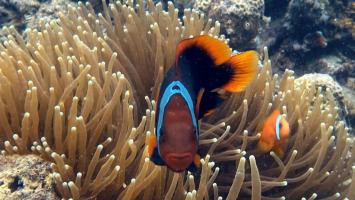
Article
How an Innovative Insurance Product Can Protect Coral Reefs
With parametric insurance, payouts can be made immediately after a typhoon, making it an effective tool to fund rapid restoration of coral reefs.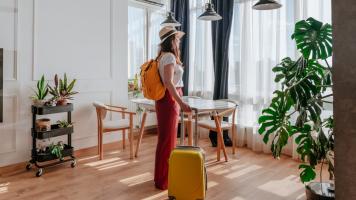
Article
Well-Managed Alternative Accommodations Contribute to Southeast Asia’s Tourism Recovery
Closing loopholes in the regulation of alternative accommodations would benefit the travelers, the state, and property owners.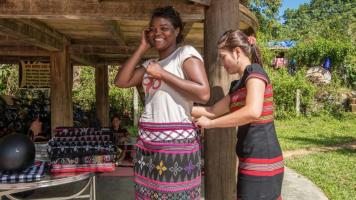
Article
ASEAN Charts a Sustainable Path for Tourism
Tourism ministers in Southeast Asia have endorsed a holistic and long-term strategic plan to guide the sustainable development of the tourism industry.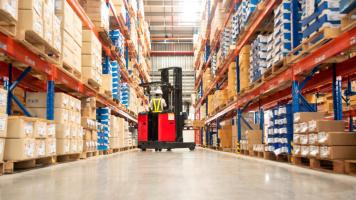
Article
Investors Favor Southeast Asia as Economic Landscape Changes
Foreign direct investment flows to the region hit a record $224 billion in 2022.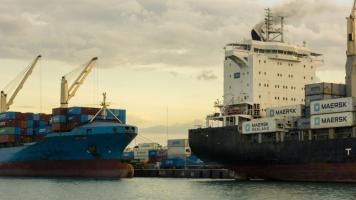
Article
Transforming Davao Region into a Southeast Asian Logistics Hub
The region is strategically located as a gateway to the People’s Republic of China, Japan, and ASEAN markets, including the BIMP-EAGA subregion.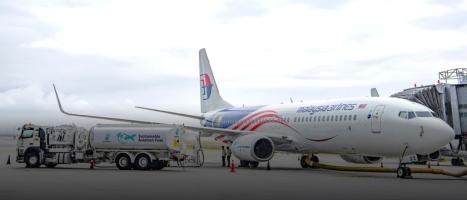
Article
ASEAN Tourism and Transport Ministers Support Sustainable Travel
Initiatives include shifting to sustainable aviation fuel and more environment-friendly transportation modes, such as electric vehicles.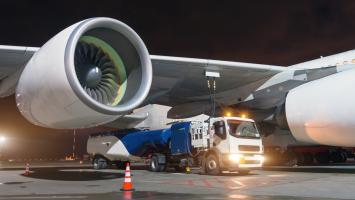
Article
Southeast Asia Poised to Become a Key Supplier of Sustainable Aviation Fuel
Rich in feedstock, the region can become an important source of biofuel, which is currently in short supply.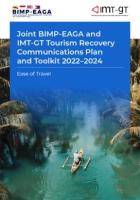
Publication
Joint BIMP‑EAGA and IMT-GT Tourism Recovery Communications Plan and Toolkit 2022–2024
This publication, which provides a tourism recovery communications plan and toolkit, was jointly prepared by BIMP-EAGA and IMT-GT.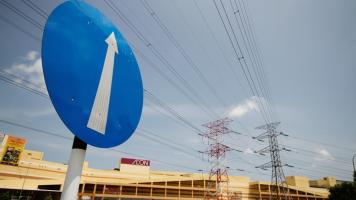
Article
Malaysia’s Energy Transition Plan Spells Business Opportunities in Sabah and Sarawak
The country's shift to net zero is seen to propel high-impact industries, including MSMEs, as well as attract investments and generate job opportunities.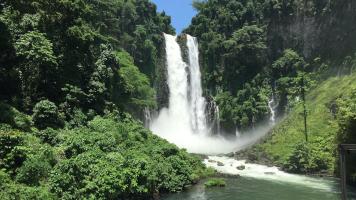
Article
